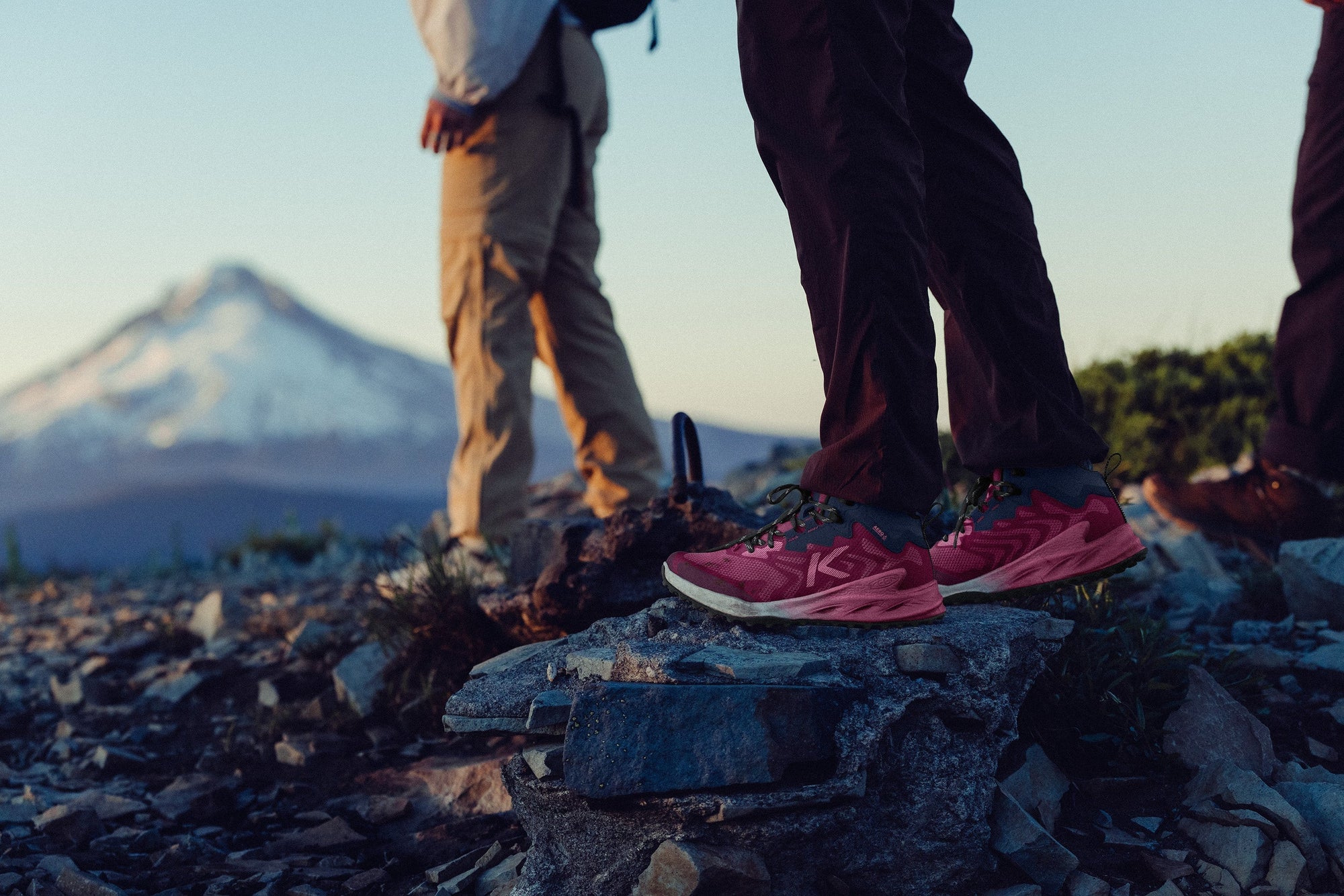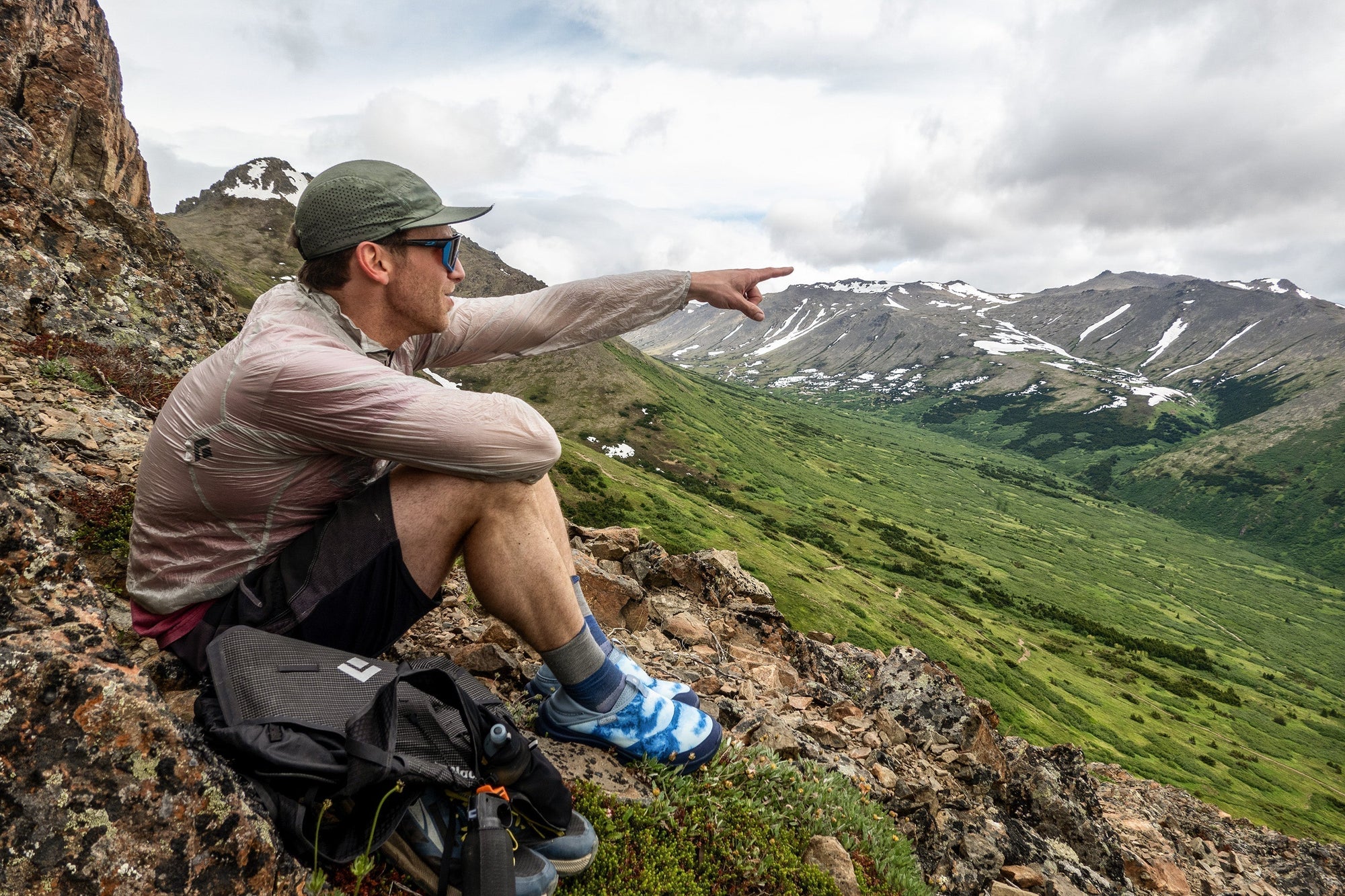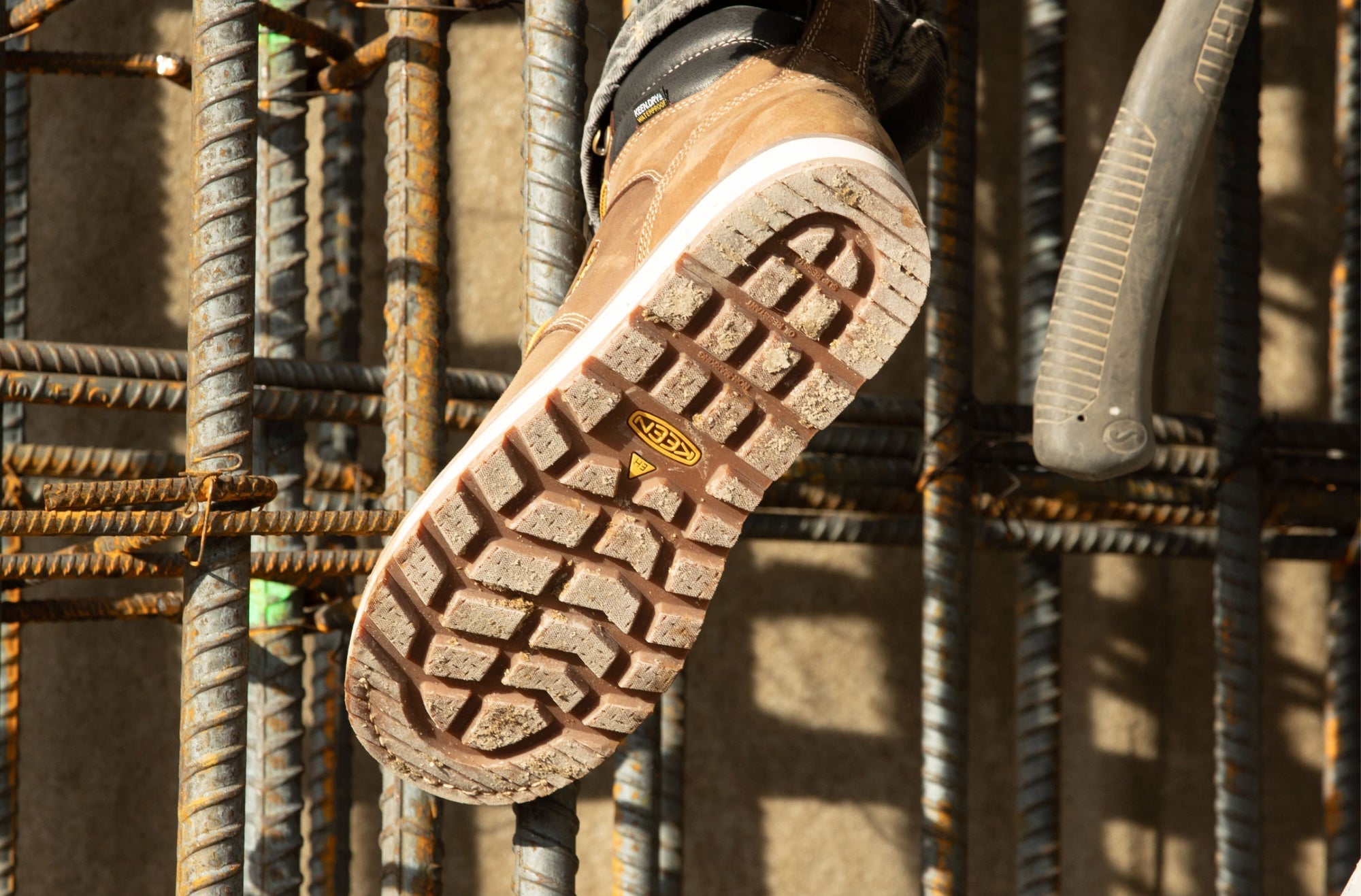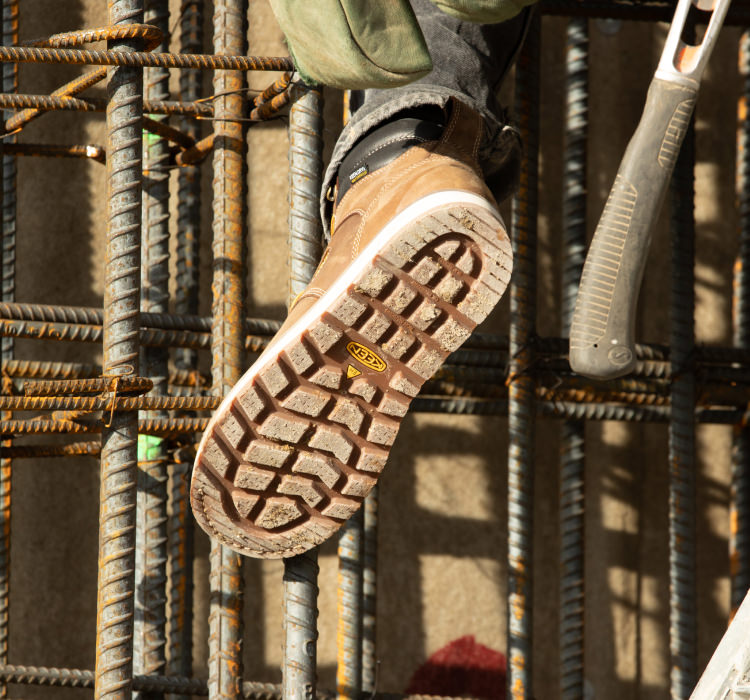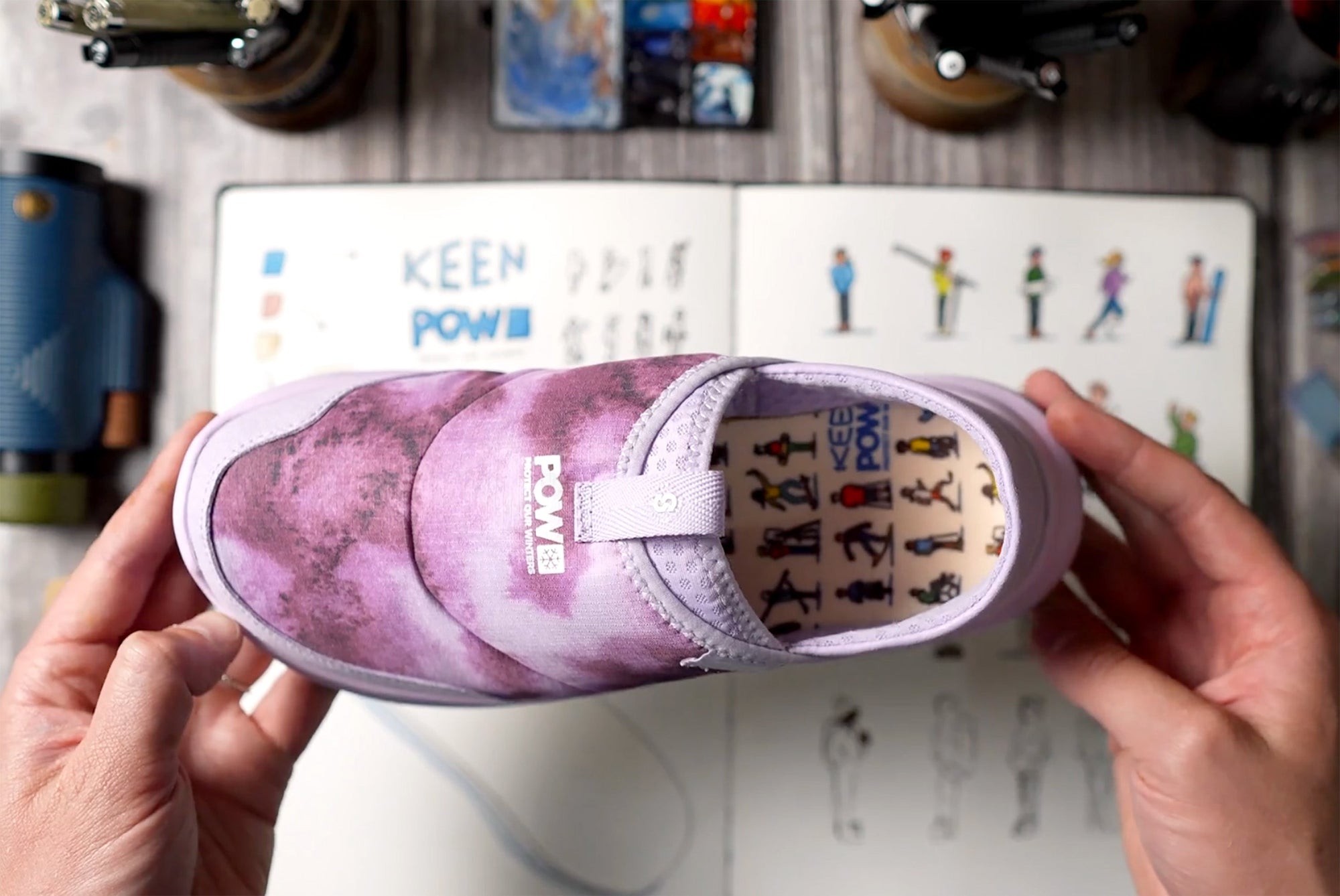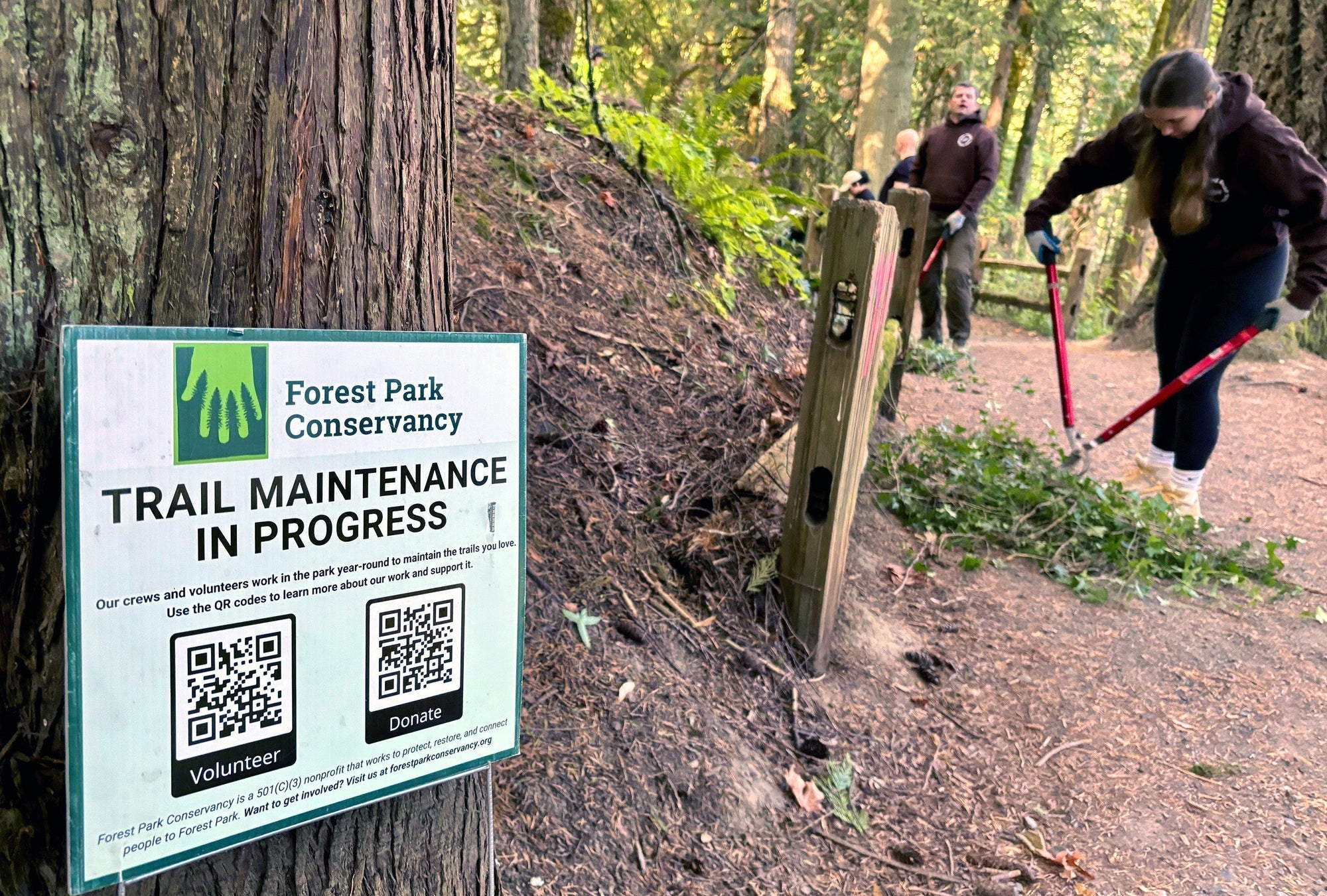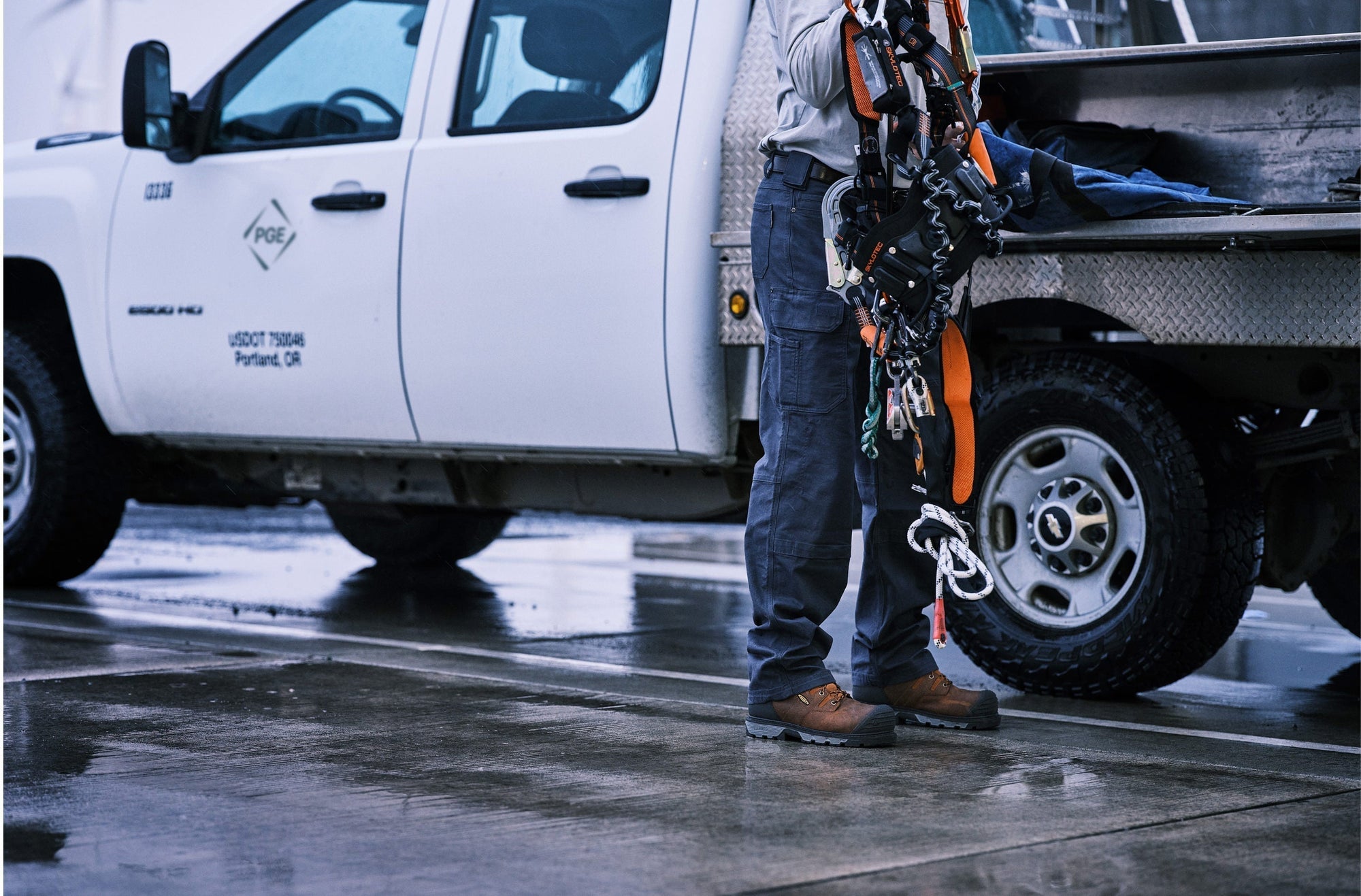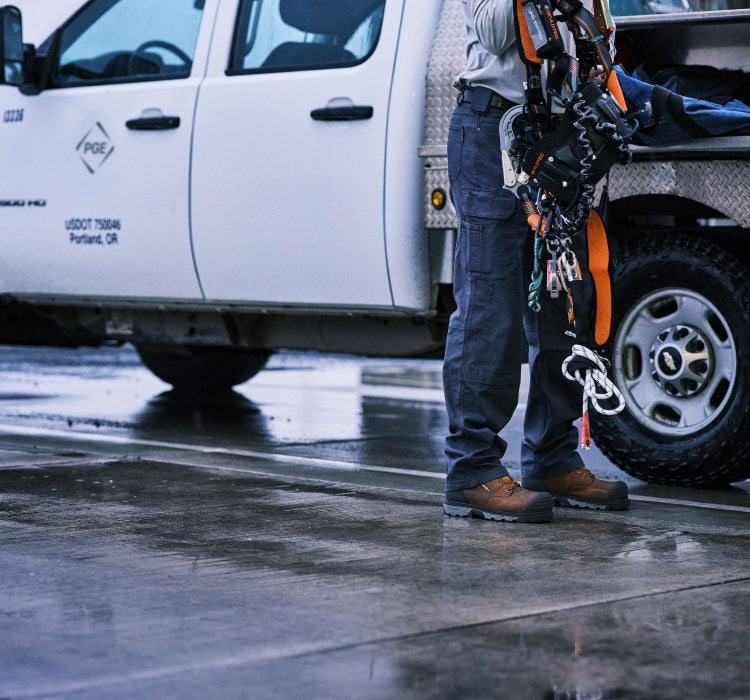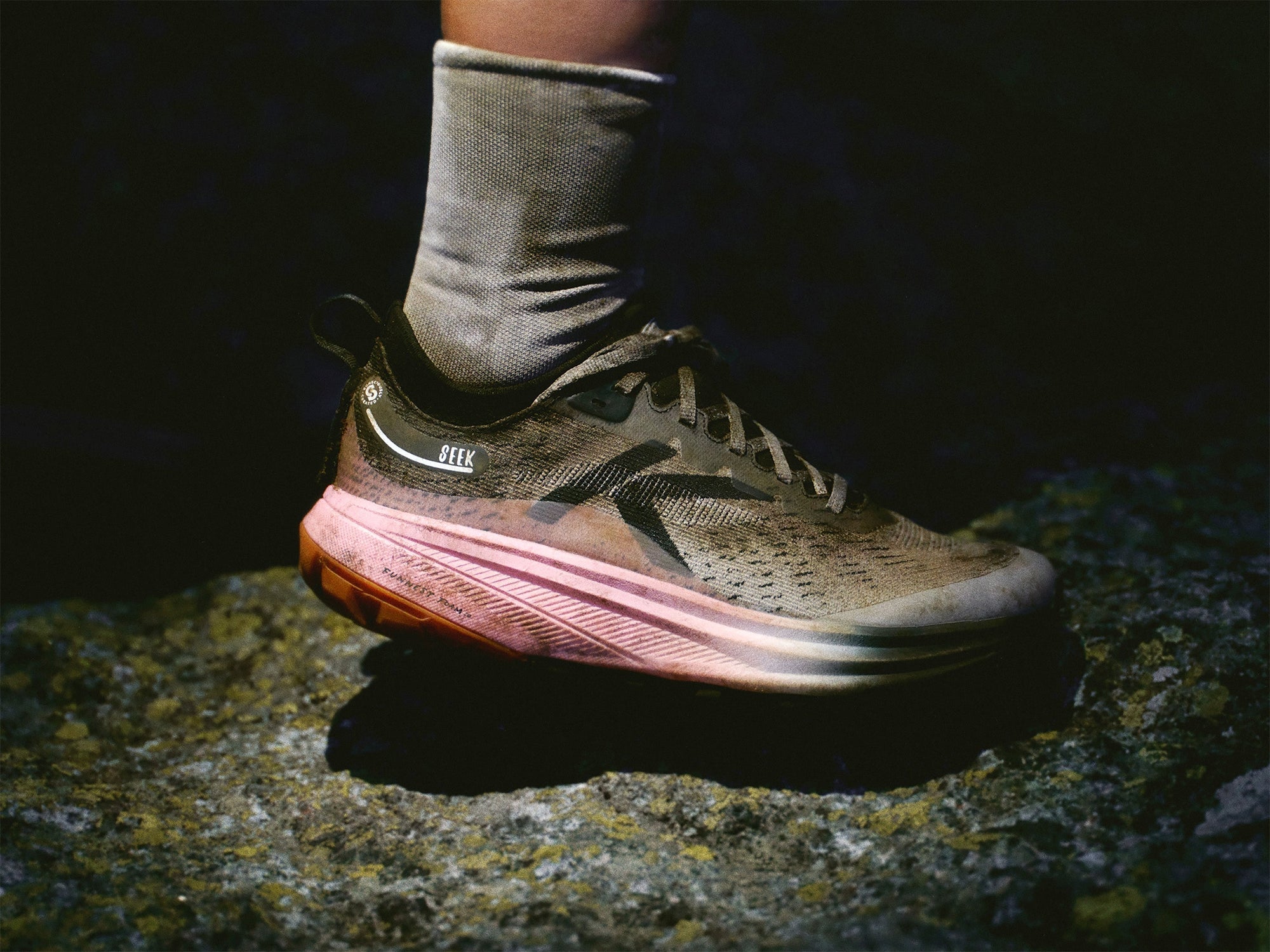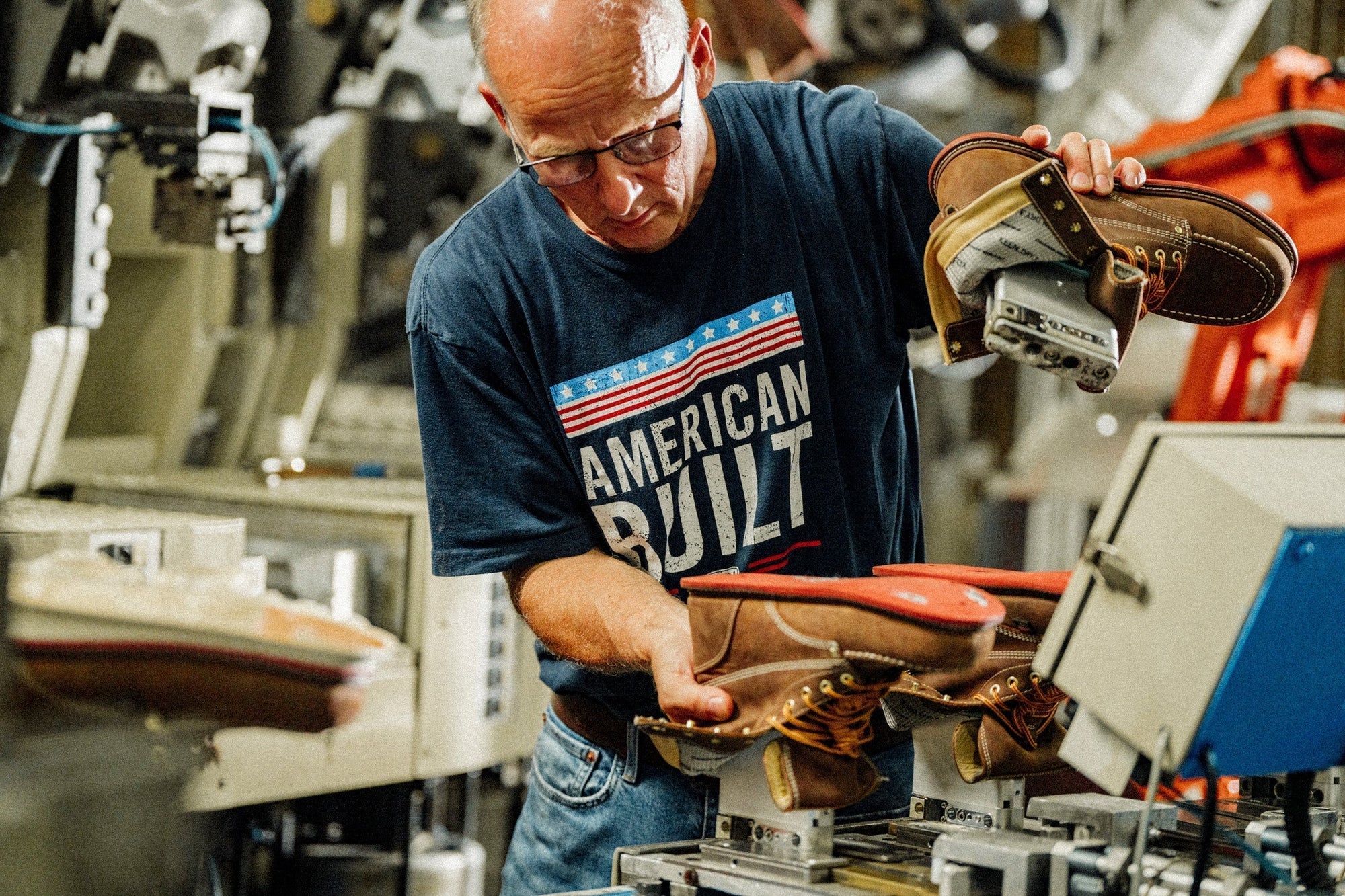We’ve all been there. Hiking, camping, sightseeing, or just out walking, when we sense an irritation on our foot. That’s right, we’re talking blisters, and they don’t discriminate. Seasoned hiker, casual traveler, weekend walker, young, old — anyone can get a blister. And even a small blister in the wrong place can derail your plans. Let’s take a look at what causes blisters, how to help prevent them, and what to do when you’ve already got one.
What Causes Blisters?
In a word: friction. Our feet are used to a certain amount of friction, especially in the shoes we wear most often. Blisters happen when something in our shoe, sock, or foot changes. This causes normal friction to amplify and become a hot spot. Ouch! The change could be the fit of new shoes, walking or hiking over uneven terrain, dirty or sweaty socks, or even swelling due to extended time on our feet.
How to Stop Them Before They Start
The best-case scenario is to avoid blisters altogether. While there is no guarantee that you can keep blisters from forming, the following blister prevention tips will help keep your feet happy:
1. Buy shoes that fit properly. When it comes to happy feet, it’s all about proper fit. Sure, that just-a-teeny-bit-big (or small) pair on the sale rack is always tempting, but in the long run, it pays to buy the pair that fits you best.
2. Break in new shoes. Rather than taking your brand new hiking shoes straight to hike Mt. Hood’s Timberline Trail, wear them for an hour or two a day for a week so your feet and shoes can become acquainted before they go on a long trip together.
3. Wear quality (and clean) socks. Sock size, thickness, and material are all important. Too thin, or too thick, and you can run into problems (the blister-forming kind). Cotton socks might be ok for a day strolling around a river path, but a more grueling trail will require socks that manage sweat and let your feet breathe (like merino wool).
4. Keep feet clean and dry. Stream crossings happen. So do dusty trails. If feet get wet, take a break to dry your feet and replace your socks (if possible). Empty out any dirt, sand, and gravel that finds its way into your shoes before it has a chance to irritate your feet.
5. Stay ahead of the game. Before you get a blister, you’ll get a hot spot. It's just what it sounds like: a warm, irritated patch of skin that looks a little red and raised. It’s sending you a warning that your skin is stretching too much. Stop at the first sign of a hot spot and troubleshoot the issue. There are several options for hot spots:
a. Adjust or change your socks. Clean, dry socks might be all you need. (This is why it’s smart to always bring extra socks!)
b. Adjust the lacing of your shoe or boot.
c. If feet are wet, dry your feet and socks, then reassemble and carry on.
d. Cover the hot spot with some cloth athletic tape, moleskin, or duct tape.
e. If the tape relieves the feeling, leave it in place until you get home or can change your shoes.

How to Take Care of a Blister
You tried to avoid it. But now there’s an angry, throbbing blister on your foot. Bummer. Here’s how to handle it. If it’s small and the end of your day is in sight, consider leaving it intact and jumping to care tip number two. But if the blister is big enough to cause walking problems, and you need to keep moving, start with care tip number one.
1. Drain the blister. Ok, here’s the gross part. A blister of any size will eventually pop on its own, and it’s better to pop and drain it yourself so you can keep it clean and avoid tearing the skin. If possible, clean the blister and surrounding skin with soap and water (or an antiseptic wipe). Gently pierce it with a sterile needle, carefully drain the liquid (don’t peel the skin away, leave it intact as much as possible!), and dry the area.
2. Dress the area. Depending on the severity of the blister (and the supplies you have on hand), there are several options:
a. Dress blister with tincture of benzoin. This helps to toughen the outer skin layer and to make any tape or moleskin stick better.
b. For small blisters, it may be enough to cover the affected area with cloth athletic tape, second skin, or duct tape.
c. For larger blisters, cut a donut-shaped piece of moleskin, place it over the blister area, and cover it with another piece of moleskin or tape. The donut shape helps protect the sensitive skin by building up the area around it, relieving pressure.
d. Leave the dressing on until you return home or change shoes.

Make a Blister Care Kit
Now that you’ve got the info on basic blister prevention and care, it’s time to build yourself a blister care kit. Even if you don’t end up needing it, you might just help save your trail buddy’s feet. Keep it simple, and keep it light—that way you won’t mind bringing it along. Here’s what we keep in ours:
• Cloth athletic tape
• Moleskin
• Duct tape (tip: don’t pack the whole roll, just wrap some around a small pencil or stick)
• Safety pin or needle
• Antiseptic wipes
• Pocket knife with scissors
• Optional: Second skin, tincture of benzoin





